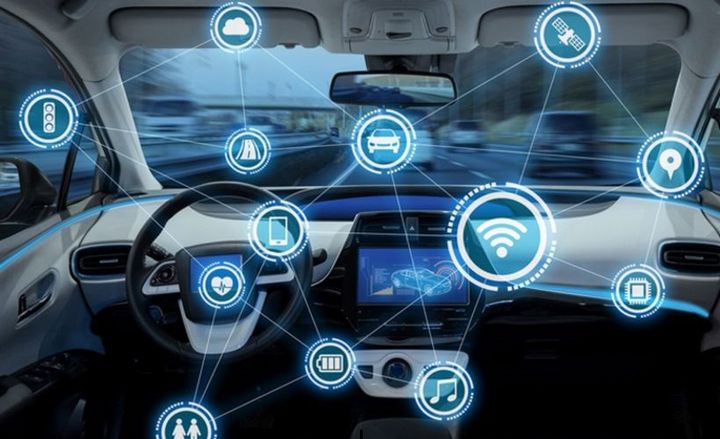Connected Cars to Create More Cooperative Mobility in 2020
In 2020, 10.46 million more connected cars will be added to roadways worldwide. This will mark the year of 2020 as the advent of cooperative mobility, according to global tech market advisory firm ABI Research.
In its new whitepaper “54 Technology Trends to Watch in 2020,” ABI Research’s analysts have identified 35 trends that will shape the technology market and 19 others that look less likely to move the needle over the next year.
SAE level 4 (no human interaction required in autonomous vehicles), vision zero and shared mobility won’t be happening in 2020.
“At one point, 2020 seemed a distant target, a long-term horizon over which the technology trends that have dominated the automotive scene for the last 10 years — electrification, connectivity, autonomous driving — would all have harmonized to deliver safer, more efficient transportation for all. It’s not going to happen in 2020, or much before 2025,” said James Hodgson, smart mobility and automotive principal analyst at ABI Research.
The report did find that 2020 will see the advent of cooperative mobility and the expansion of micro-mobility.
“Driving is a multi-agent problem, with many of today’s accidents and inefficiencies due to poor communication and coordination between the various road users,” said Maite Bezerra, smart mobility and automotive analyst at ABI Research. “The year 2020 will see the advent of more cooperative forms of mobility, with 107 million connected cars on the road starting to share data messages about road and traffic conditions to allow other connected vehicles to anticipate hazards and improve traffic flow.”
The first phase will take the form of low-bandwidth, high-latency communication via the Long-Term Evolution (LTE) network between connected cars and data ingestion platforms to enable applications like ice and oil hazard warnings and lane-level traffic assistance.
“In 2020, an increase in different micro-mobility transportation methods will be seen, even though the bike share market crashed in 2018,” said Hodgson.
The crash from China’s large market players, Mobike, Obike, and Ofo, has encouraged European and American-based service providers to ratify their market models so that they were not distributing at an aggressive rate, according to the report.
“Micro-mobility methods of transportations, such as e-bikes and scooters, are now being marketed in the European and North American markets especially and are proving quite successful as providers plan to increase their fleet sizes,” added Hodgson.
Source: https://www.fleetforward.com
FLEET MANAGEMENT AUDIT
Fleet management is the use of a set of vehicles in order to provide services to a third-party, or to perform a task for our organization, in the most efficient and productive manner with a determined level of service and cost.
Fleet management activities are shown in the following graph 1:

Graph 1: fleet management activities
The proposal audit analyses and assesses all fleet management activities shown in the graph 1, and its main goals are:
- Know the overall status of the fleet management activities
- Provide the analysis, the assessment, the advice, the suggestions and the actions to take in order to cut costs and increase the efficiency and efficacy of the fleet management activities
With the information obtained, we’ll elaborate a report that holds the overall status of the fleet management as well as the suggestions, recommendations and the measures to take in order to cut costs and optimize the fleet management activities.
CLICK ON THE FOLLOWING LINK TO DOWNLOAD THE PROPOSED FLEET MANAGEMENT AUDIT:



